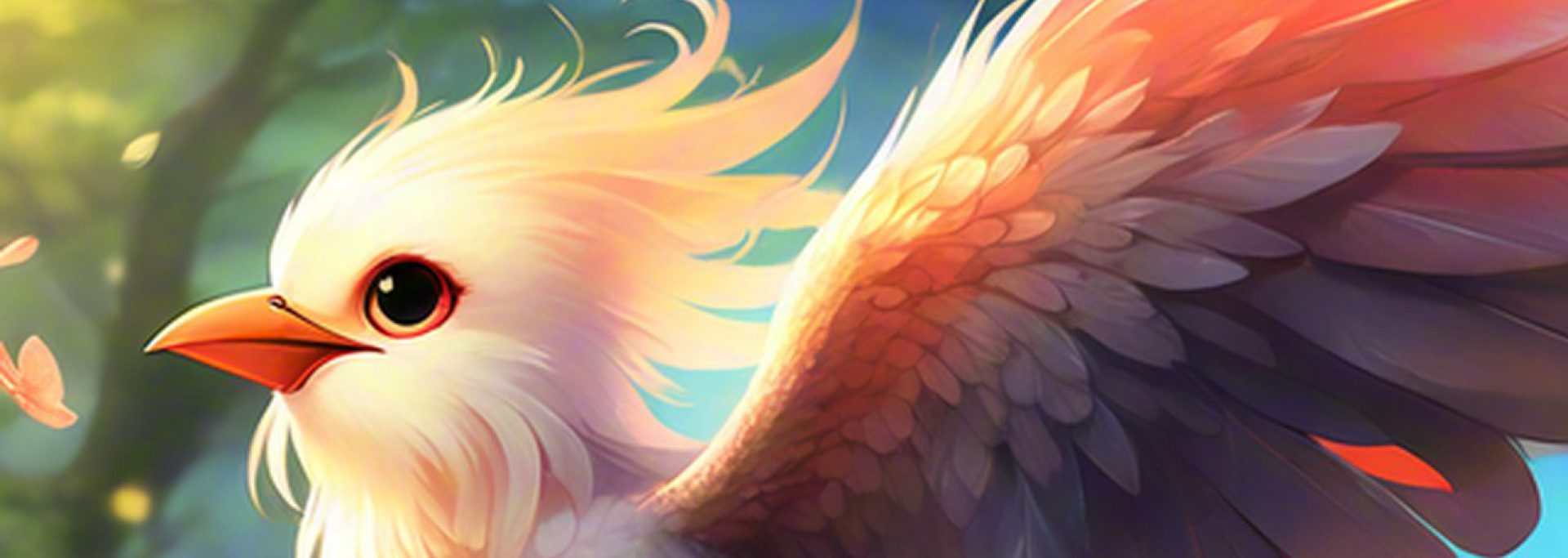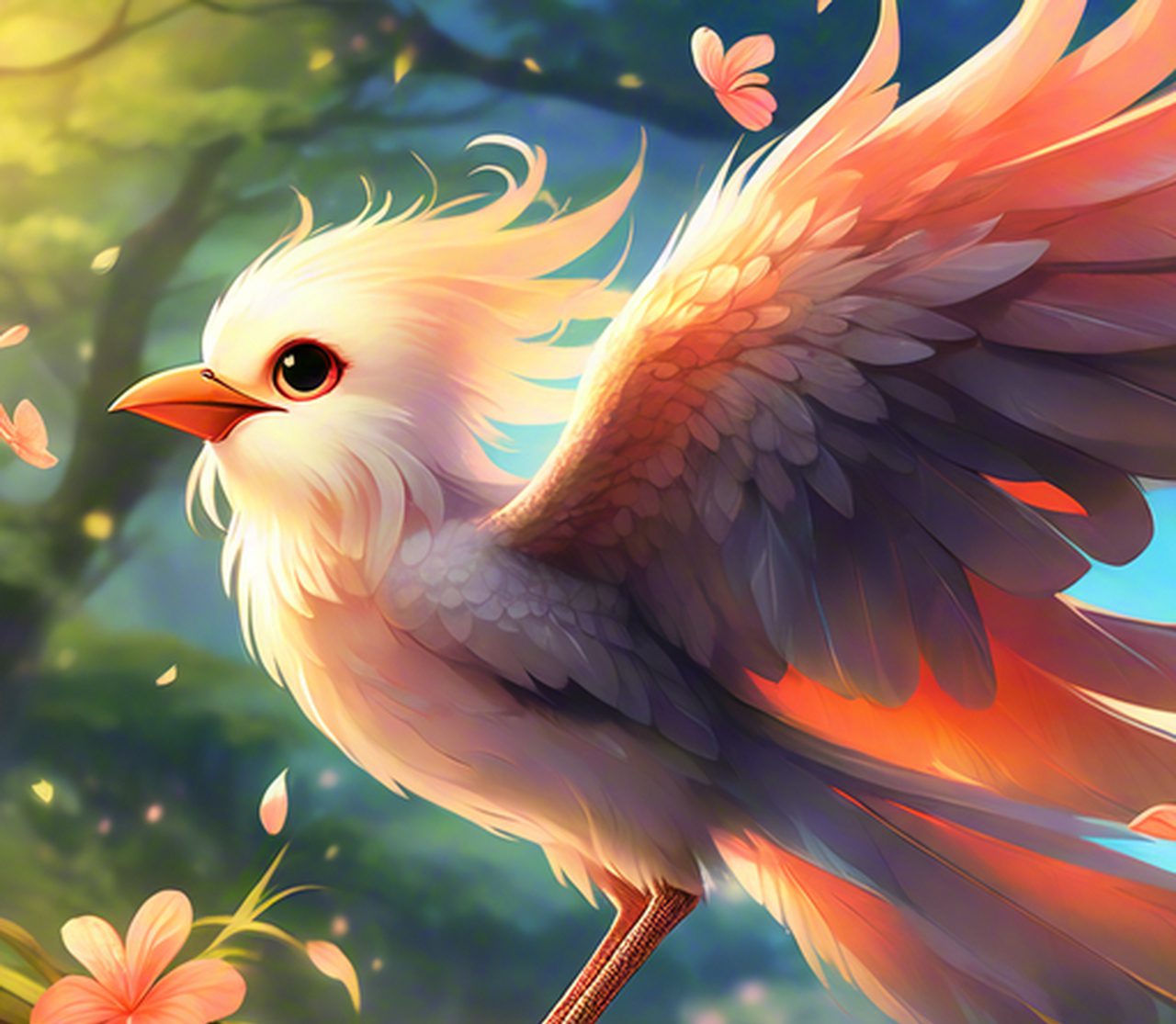Jane Goodall: Whispers from the Wild – A Chimp’s Confidante
(Lecture delivered by Professor Chimpsworth, PhD, renowned primate enthusiast, with occasional banana-related interruptions.)
(Professor Chimpsworth bounds onto the stage, adjusting his spectacles and brandishing a half-eaten banana.)
Good morning, esteemed students of simian studies! Or, as I like to call you, the future of understanding our furry, fascinating, and occasionally flatulent, relatives! Today, we embark on a journey, not to some dusty museum, but to the lush, vibrant heart of Africa, to explore the incredible life and legacy of a true icon: Dr. Jane Goodall. 🐒
This isn’t just another lecture; it’s a safari of the mind! We’ll unravel the story of a woman who didn’t just observe chimpanzees, she listened to them. She learned their language, respected their society, and became, in essence, a chimp’s confidante. Fasten your seatbelts (or, you know, grab a banana), because this is going to be wild! 🍌
I. The Genesis of a Genius: From Bournemouth to Gombe
(Professor Chimpsworth clicks to a slide showing a young Jane Goodall with her beloved toy chimpanzee, Jubilee.)
Our story begins not in the African savanna, but in Bournemouth, England. A young Jane, armed with an insatiable curiosity and a toy chimpanzee named Jubilee (don’t underestimate the power of a good plushie!), dreamt of living in Africa and studying animals. Sounds like a fairytale, right? But Jane wasn’t one for fairytales; she was one for doing.
| Key Life Event | Significance | Emoji/Icon |
|---|---|---|
| Childhood fascination with animals | Sparked lifelong passion and determination. | 🦁 |
| Reading "Tarzan" | Fueled her desire to go to Africa. | 🌴 |
| Working as a waitress | Saved money to travel to Kenya. | 💰 |
| Meeting Louis Leakey | The pivotal moment! Leakey saw her potential. | 💡 |
Now, let’s talk about Louis Leakey, the legendary paleontologist. He wasn’t just digging up old bones; he was digging up new talent. He saw something extraordinary in Jane – a raw, unbridled passion and an intuitive understanding of animal behavior. He entrusted her with a monumental task: to study chimpanzees in their natural habitat at Gombe Stream National Park in Tanzania. 🏞️
(Professor Chimpsworth puffs out his chest proudly.)
Think about that! A young woman, with no formal scientific training, sent to the middle of nowhere to study creatures that were, at the time, shrouded in mystery. It was revolutionary! And, frankly, a little bit bonkers! 🤪
II. Challenging the Status Quo: A Paradigm Shift in Primatology
(A slide appears showing Jane Goodall observing chimpanzees making and using tools.)
Jane arrived at Gombe in 1960, ready to brave the wilderness and… well, find some chimps! Initially, she faced numerous challenges. The chimps were wary, the terrain was unforgiving, and the scientific community… let’s just say they weren’t exactly rolling out the red carpet.
You see, back then, the prevailing wisdom was that humans were fundamentally different from animals. Tool use, for example, was considered a defining characteristic of humanity. But Jane, with her patient observation and unwavering dedication, shattered this illusion.
| Traditional View | Jane Goodall’s Discovery | Impact | Emoji/Icon |
|---|---|---|---|
| Humans are unique tool users | Chimps use tools to fish for termites | Revolutionized our understanding of primate intelligence and behavior. | 🔨 |
| Animals are emotionless automatons | Chimps display complex emotions like joy, grief, and anger | Challenged the anthropocentric view of the world. | 😥 |
| Chimps are primarily vegetarian | Chimps hunt and eat meat | Revealed the complexity of their diet and social dynamics. | 🍖 |
Jane observed chimps making and using tools to fish for termites! 🐜 She saw them strip leaves from twigs to create the perfect termite-grabbing implement. This wasn’t just some random act; it was planned tool use, a sign of intelligence and problem-solving skills. BOOM! Scientific dogma exploded! 💥
(Professor Chimpsworth dramatically throws a banana peel in the air.)
But Jane didn’t stop there. She noticed that chimps, just like us, had distinct personalities, formed strong family bonds, and engaged in complex social interactions. She even dared to give them names! (Gasp! The horror!) Scientists were aghast! You couldn’t humanize animals! It was… unscientific!
But Jane stood her ground. She believed that recognizing their individuality was essential to understanding them. And she was right. By observing them as individuals, she gained unprecedented insights into their lives.
III. Unveiling the Secrets of Gombe: A Chimp’s Social Life
(A slide appears depicting a chimpanzee family grooming each other.)
Now, let’s delve into the juicy details of chimp society! Think of Gombe as a real-life soap opera, filled with drama, romance, and the occasional primate power struggle. 🎬
Jane discovered that chimpanzees live in complex social groups called communities. These communities are structured around a dominance hierarchy, where individuals compete for status and access to resources. The alpha male, the big cheese, the top banana, rules the roost! 🍌👑
| Social Behavior | Description | Significance | Emoji/Icon |
|---|---|---|---|
| Grooming | Social bonding activity; reinforces relationships. | Reduces tension, strengthens alliances. | 🤝 |
| Tool use | Important for foraging and survival. | Demonstrates intelligence and adaptability. | 🛠️ |
| Hunting | Cooperative activity; provides meat for the group. | Reinforces social bonds, allows for sharing and reciprocity. | 🏹 |
| Aggression | Used to establish dominance and resolve conflicts. | Can be both destructive and essential for maintaining social order. | 😠 |
| Infanticide | (Sadly) occurs in some communities. | Often related to competition for resources or changes in the dominance hierarchy. | 💔 |
Grooming is a crucial aspect of chimp social life. It’s not just about hygiene; it’s about building alliances and reinforcing social bonds. Think of it as primate networking! LinkedIn for chimps! 💻
But life in Gombe wasn’t always sunshine and bananas. Jane also witnessed instances of aggression, including infanticide. These observations, while disturbing, were crucial for understanding the full spectrum of chimp behavior. They showed that even in the idyllic setting of Gombe, life could be harsh and unforgiving. 😥
IV. A Voice for the Voiceless: Conservation and Advocacy
(A slide shows Jane Goodall speaking to a crowd, passionately advocating for chimpanzee conservation.)
Jane’s research wasn’t just about observing chimps; it was about protecting them. As she witnessed the destruction of their habitat and the threats they faced from poaching and the bushmeat trade, she realized that she had a responsibility to speak out.
In 1977, she founded the Jane Goodall Institute (JGI), a global organization dedicated to chimpanzee conservation, research, and education. JGI works to protect chimpanzee habitats, combat poaching, and promote sustainable livelihoods for local communities.
| Jane Goodall Institute Initiatives | Description | Emoji/Icon |
|---|---|---|
| Roots & Shoots | Youth-led program empowering young people to take action on environmental and humanitarian issues. | 🌱 |
| Chimpanzee Conservation | Protecting chimpanzee habitats, combating poaching, and promoting sustainable coexistence. | 🌍 |
| Community-Centered Conservation | Working with local communities to improve their livelihoods and reduce their reliance on unsustainable practices. | 🏘️ |
| Sanctuary Programs | Providing refuge and care for rescued chimpanzees. | 🏡 |
(Professor Chimpsworth pauses, his voice becoming more serious.)
Jane Goodall is more than just a scientist; she’s an activist, an educator, and an inspiration. She travels the world, spreading her message of hope and urging people to take action to protect our planet and its inhabitants. She reminds us that even small actions can make a big difference.
Her Roots & Shoots program, in particular, is a testament to her belief in the power of young people to create positive change. It empowers students around the world to identify and address environmental and humanitarian issues in their communities. 🤝
V. Lessons from the Wild: What Chimps Can Teach Us About Ourselves
(A slide appears showing a chimpanzee looking thoughtfully into the camera.)
So, what can we learn from our chimpanzee cousins? More than you might think! 🧠
Jane Goodall’s research has not only revolutionized our understanding of chimpanzees but has also provided valuable insights into our own species. By studying their behavior, we can gain a better understanding of our own evolutionary history, our social dynamics, and even our capacity for both good and evil.
| Chimp Trait | Human Parallel | Lesson Learned | Emoji/Icon |
|---|---|---|---|
| Social complexity | Complex social structures, hierarchies, and alliances. | We are social creatures, driven by a need for connection and belonging. | 👨👩👧👦 |
| Tool use | Innovation, problem-solving, and the development of technology. | Our ingenuity and creativity are essential for survival and progress. | 💡 |
| Emotional range | Experiencing a wide range of emotions, including joy, grief, anger, and empathy. | Our emotions are a fundamental part of our humanity, shaping our relationships and experiences. | ❤️ |
| Aggression | Competition, conflict, and the potential for violence. | Understanding the roots of aggression is crucial for promoting peace and resolving conflicts. | ☮️ |
| Family bonds | Strong bonds between mothers and offspring, and within family groups. | Family is essential for providing support, nurturing, and transmitting cultural values. | 👨👩👧👦 |
(Professor Chimpsworth leans forward, his eyes twinkling.)
Think about it! Chimps teach their young how to use tools, just like we teach our children how to use technology. They form strong family bonds, just like we do. They experience joy, grief, and anger, just like we do.
By recognizing these similarities, we can develop a greater sense of empathy and compassion for our fellow creatures. We can also learn valuable lessons about ourselves, about our strengths and weaknesses, and about the choices we make that shape our world.
VI. The Enduring Legacy: Jane Goodall’s Impact on the World
(A final slide appears showing Jane Goodall surrounded by chimpanzees, a look of peace and contentment on her face.)
Jane Goodall’s legacy extends far beyond the scientific community. She has inspired generations of scientists, conservationists, and activists to dedicate their lives to protecting our planet and its inhabitants.
Her unwavering dedication, her groundbreaking research, and her powerful message of hope have made her a true icon of the 20th and 21st centuries. She has shown us that one person can make a difference, that even the smallest actions can have a profound impact.
(Professor Chimpsworth beams at the audience.)
So, my dear students, let us remember the whispers from the wild. Let us learn from Jane Goodall’s example and strive to make the world a better place, not just for ourselves, but for all living creatures.
Now, if you’ll excuse me, I have a pressing engagement with a very ripe banana. Class dismissed! 🍌🏃♂️
(Professor Chimpsworth grabs his remaining banana and sprints off stage, leaving a trail of peels and inspiration in his wake.)

